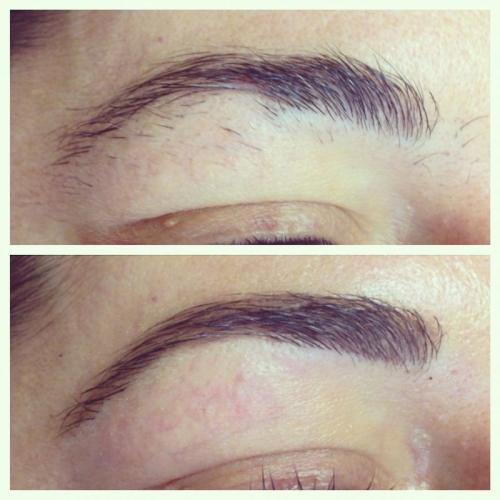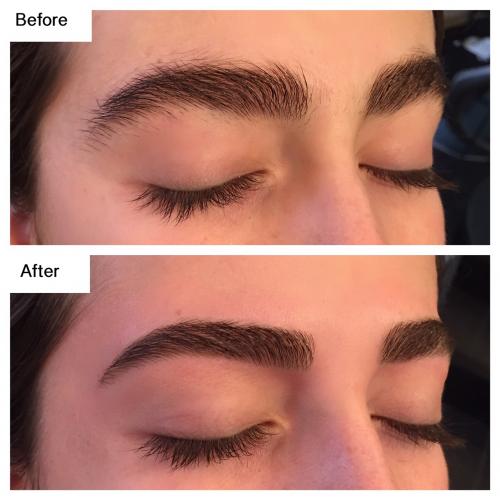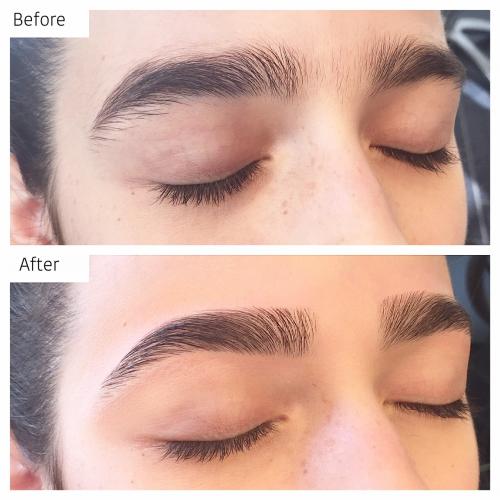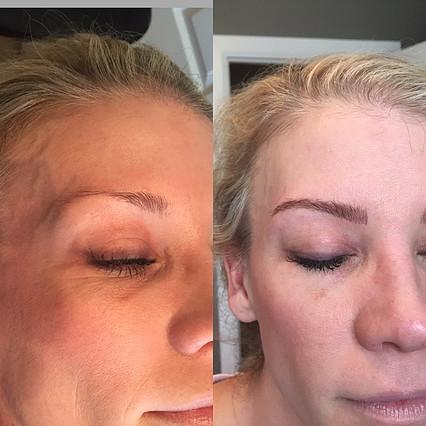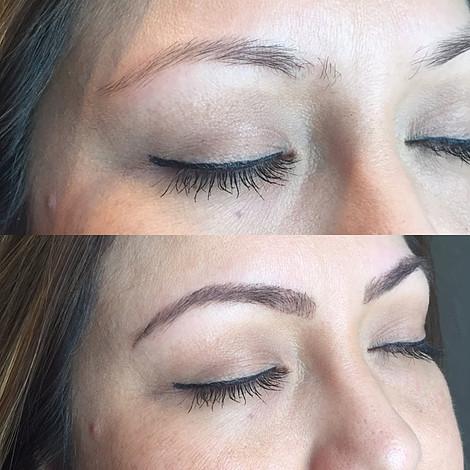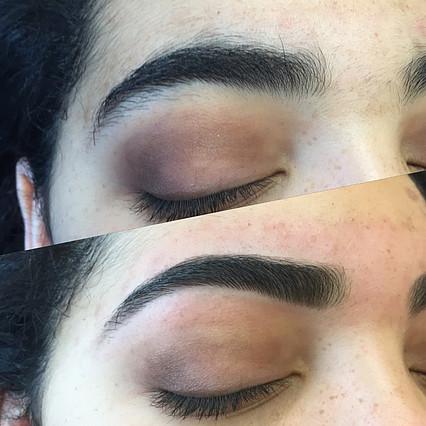To Buy Antabuse Online Visit Our Pharmacy ↓

Antabuse: How It Works to Curb Alcohol Use
Antabuse, or disulfiram, targets alcohol metabolism at a biochemical level to deter consumption. When a person on Antabuse takes even a sip of alcohol, it triggers a toxic reaction by inhibiting the enzyme aldehyde dehydrogenase. This leads to the accumulation of acetaldehyde in the bloodstream, causing symptoms like nausea, vomiting, and headaches. Such physical discomfort acts as a strong deterrent to drinking.
A crucial aspect to note is the phenomenon of conditioned reflex that Antabuse creates. The negative reinforcement is designed to make the individual asociate these severe reactions with alcohol use, ultimately discouraging consumption. This makes it an effective part of many recovery programs.
| Symptom | Description |
|---|---|
| Nausea | A feeling of sickness with an inclination to vomit |
| Headaches | Persistent pain in the head |
Comparing Antabuse to Naltrexone: Key Differences

Antabuse and Naltrexone both aim to assist individuals striving to curb their alcohol consumption, but they achieve this goal in notably different ways. Antabuse, chemically known as disulfiram, works by causing an acute sensitivity to ethanol. When someone on Antabuse consumes alcohol, they experience severe and discomforting reactions such as nausea, vomiting, and headaches. This deterrent effect helps discourage the individual from drinking.
In contrast, Naltrexone operates by targeting the brain's reward pathway, blocking the euphoric and sedative effects of alcohol. This reduction in pleasure can diminish cravings and the impulse to drink. While Antabuse relies on creating a negative physical reaction, Naltrexone takes a neurological approach, impacting the brain directly. Both medications can be effective, but individual results and preferences may vary, and a personalized plan is often necessary.
Antabuse Vs. Acamprosate: Effectiveness and Side Effects
When considering the efficacy of Antabuse compared to Acamprosate in treating alcohol dependence, it’s important to understand their distinct mechanisms. Antabuse works by creating an adverse reaction when alcohol is consumed, deterring individuals from drinking. In contrast, Acamprosate reduces cravings and anxiety by stabilizing brain chemistry affected by prolonged alcohol use. Each has its unique position in the spectrum of treatment options, with Antabuse being more suitable for those committed to total abstinence and aware of the severe reactions that can occur with alcohol ingestion.
Despite their utility, both medications come with potential side effects. Antabuse may cause health complications such as liver toxicity, which is why regular medical supervision is neccessary. On the other hand, Acamprosate is generally considered safe but can lead to gastrointestinal issues like diarrhea and nausea. One should have a comprehensive consultation with a healthcare provider to choose the most suitable option based on individual health and treatment goals.
The effectiveness of both drugs can be augmented when combined with behavioral therapies. This multimodal approach not only addresses the physiological aspects but also the psychological underpinnings of alcohol addiction. Antabuse, for example, provides deterrence, while therapy helps develop coping strategies, creating a comprehensive treatment package.
In conclusion, while both Antabuse and Acamprosate offer valuable benefits in managing alcohol dependency, their effectiveness and side effect profiles differ. Tailoring the choice to the patient’s specific needs, combined with therapeutic support, can significantly enhance the chances of long-term recovery.
Behavioral Therapies: Effective Alternatives to Antabuse

Teh approach to alcohol addiction treatment is multifaceted, and behavioral therapies are a compelling alternative to Antabuse. Cognitive-behavioral therapy (CBT), for instance, helps individuals identify and change problematic drinking patterns through goal setting and self-monitoring. Motivational enhancement therapy (MET) is another effective option. It aims to build a desire for change within the individual, engaging them in a receptive mindset toward recovery.
One of the key distinctions between Antabuse and behavioral therapies is the focus on long-term skills development. Behavioral therapies equip individuals with techniques to manage triggers and maintain sobriety, in contrast to Antabuse's aversive reaction mechanism. Mindfulness-based interventions also show promise, helping individuals stay present and aware, thus reducing the craving for alcohol.
These therapies often emphasize the importance of addressing underlying psychological factors. They aim to tackle issues such as anxiety or depression, which frequently co-occur with alcohol addiction. This holistic perspective can be incredibly effective, providing a more comprehensive solution compared to the chemically-induced deterrent of Antabuse.
Integrating behavioral therapies into a recovery plan can acomplish significant progress for many individuals. They don't just treat the symptoms but work towards resolving the root causes of addiction. This methodology not only enhances the likelihood of achieving long-lasting sobriety but also contributes to overall mental well-being.
The Role of Support Groups in Alcohol Recovery
Support groups provide a vital lifeline for individuals recovering from alcohol dependency. They offer a supportive enviroment where members can share experiences, struggles, and triumphs. This communal experience can minimize feelings of isolation, which are commonplace in recovery, and promote long-term sobriety. Teh power of shared empathy and collective strength cannot be overstated.
Furthermore, support groups can complement other treatments like Antabuse by providing emotional reinforcement. They can help individuals stay motivated and adhere to their medication schedule. The combination of medical treatments and group support can significantly enhance recovery outcomes.
Let’s take a quick look at some common support groups:
| Support Group | Key Features |
|---|---|
| Alcoholics Anonymous (AA) | 12-Step Program, Peer Support |
| SMART Recovery | Self-Management, Scientifically-Based |
| Women for Sobriety (WFS) | Focus on Women’s Needs, Empowerment |
Combining Medications with Therapy: a Balanced Approach
Combining medications with therapy offers a balanced approach to alcohol treatment, providing benefits both physically and mentally. By integrating behavioral therapies with medications like Antabuse, patients can more effectively manage cravings and maintain sobriety. Behavioral therapies offer essential coping mechanisms, while medications handle the biochemical aspects of addiction. It's crucial for both healthcare providers and patients to understand that recovery isn't a one-size-fits-all solution. Each individual's needs can differ, making comprehensive treatment plans vital. This well-rounded approach can definately increase the likelihood of long-term recovery, as it addresses multiple facets of addiction, ensuring a more robust support system throughout the journey.
Before & After
Testimonials
Read out what our customers say about our services.
Read Testimonials
Join Our VIP List
Great News!
Comming soon our new location in Fort Worth (Alliance area)
3529 Heritage Trace Parkway, Suite 163
Fort Worth, TX 76244
Sign up now to join our VIP list and receive coupons

